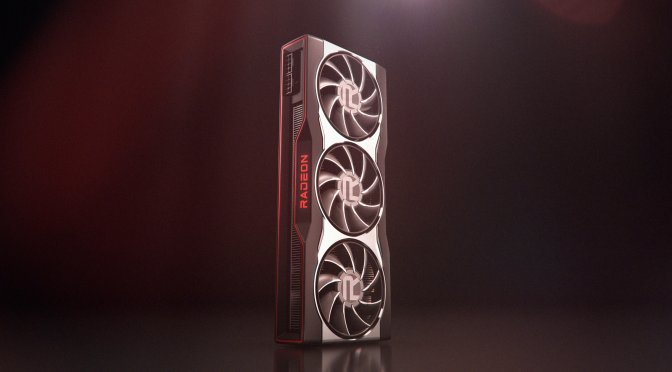According to one latest report published by Phoronix, AMD appears to be reportedly working on a new feature called Memory Access at Last Level (MALL) for its upcoming next-gen RDNA2-based Big Navi graphics cards.
The new feature has been spotted in the AMDGPU open-source Linux kernel graphics driver/patch, and according to Phoronix even though the Linux patches don’t explain MALL in detail, but the Linux publication thinks that this has something to do with an improved power saving feature for AMD’s upcoming Big Navi GPU lineup.
MALL may apparently belong to AMD’s Display Core Next (DCN) 3.0 feature set, but not all Navi cards will have this feature. As of now, only Sienna Cichlid seems to support MALL.
In case you didn’t know ‘Sienna Cichlid’ is the rumored codename for the Navi 21 GPU silicon, whereas Navi 22 is codenamed as ‘Navy Flounder’, and the low-end Navi 23 GPU has been given the codename ‘Dimgrey Cavefish’.
As outlined by Phoronix, “MALL/Memory Access At Last Level is a DCN 3.0 feature for enhancing power savings with the screen contents coming from the “MALL” when certain conditions are met. At least at this point the support is only enabled for Sienna Cichlid and not other variants like Navy Flounder”.
At this point there is no information to suggest that MALL will also be available on the Navi 22 (Navy Flounder) or Navi 23 (Dimgrey Cavefish) GPU lineup.
It appears that this new MALL feature is meant to provide access to the display controller to the memory hierarchy level below VRAM.
If one would have to make an educated guess, then the MALL/Memory Access at Last Level feature could probably suggest some kind of technology to access the last level of memory in a similar way to what most modern low-level APIs do. Though, this is just pure speculation.
It could also be a new technique that could eventually mean saving energy consumption when accessing the data hosted in GPU memory. AMD will need to explain what exactly it does and how it works though.
It will be interesting to see what effect MALL will have on the efficiency of the new RDNA 2 GPU architecture. At this moment very few details are known about this feature/technology, but I will update this article if we get more technical details on this.
RDNA 2 GPUs are expected to be fabbed on an optimized 7nm process node, and they will support hardware-level ray tracing as well, and are expected to deliver a 50% increase in performance per watt over previous-gen RDNA arch.
Along with an improved performance-per-clock (IPC), and logic enhancement that helps reduce the design complexity and switching power. The GPU clock speeds are also going to get a boost. Some alleged specs of AMD’s RX 6000-series NAVI 21 and NAVI 22 GPU lineup were also leaked few days ago.
AMD plans to showcase its Radeon RX 6000 NAVI GPU lineup on October 28th, based on the new RDNA 2 architecture. John will cover this live event showcase.
Stay tuned for more!
Hello, my name is NICK Richardson. I’m an avid PC and tech fan since the good old days of RIVA TNT2, and 3DFX interactive “Voodoo” gaming cards. I love playing mostly First-person shooters, and I’m a die-hard fan of this FPS genre, since the good ‘old Doom and Wolfenstein days.
MUSIC has always been my passion/roots, but I started gaming “casually” when I was young on Nvidia’s GeForce3 series of cards. I’m by no means an avid or a hardcore gamer though, but I just love stuff related to the PC, Games, and technology in general. I’ve been involved with many indie Metal bands worldwide, and have helped them promote their albums in record labels. I’m a very broad-minded down to earth guy. MUSIC is my inner expression, and soul.
Contact: Email

